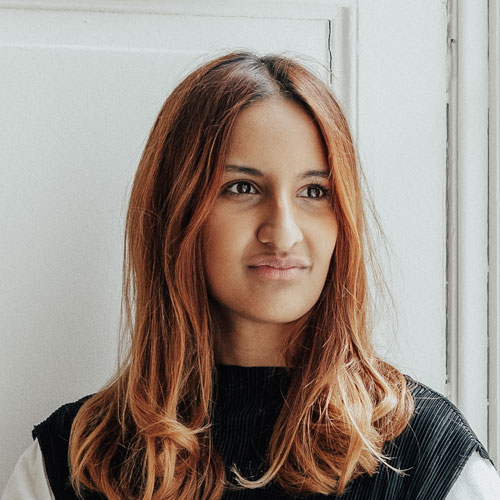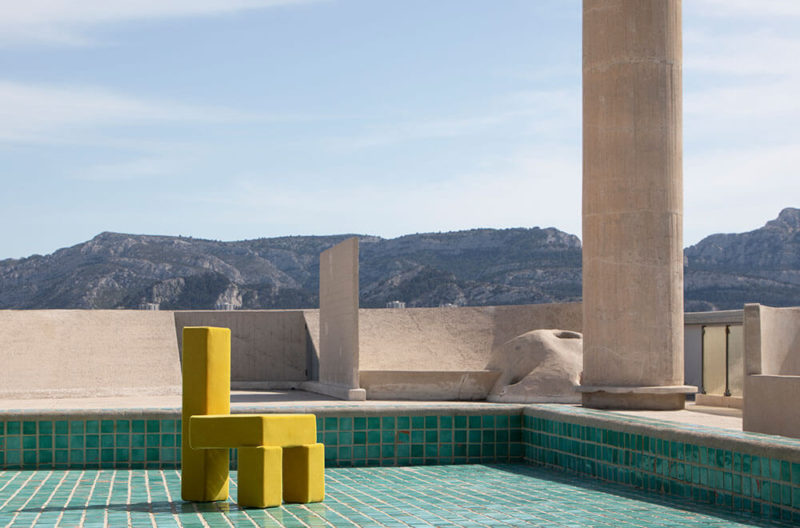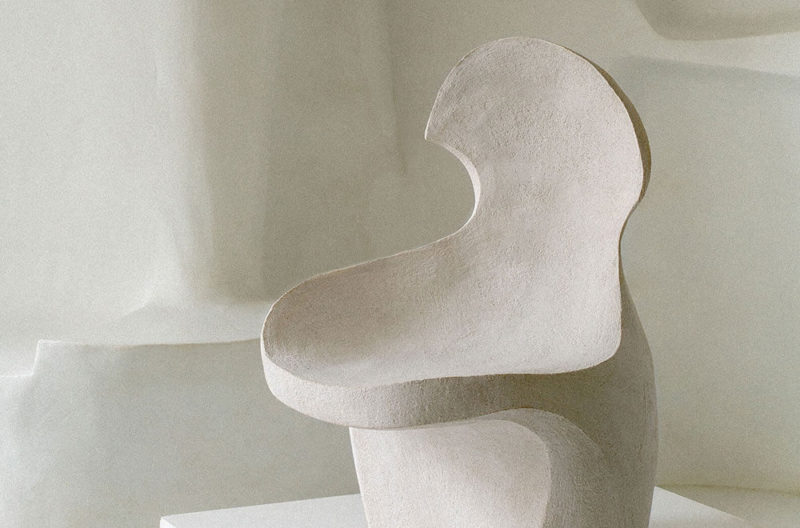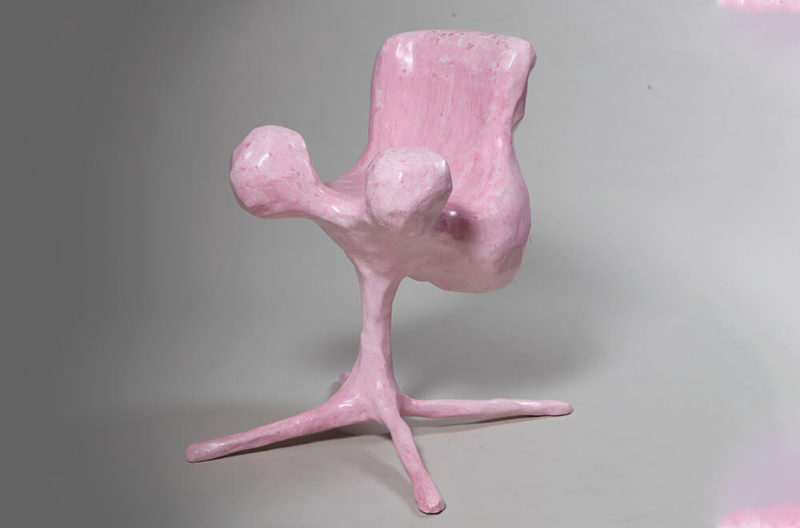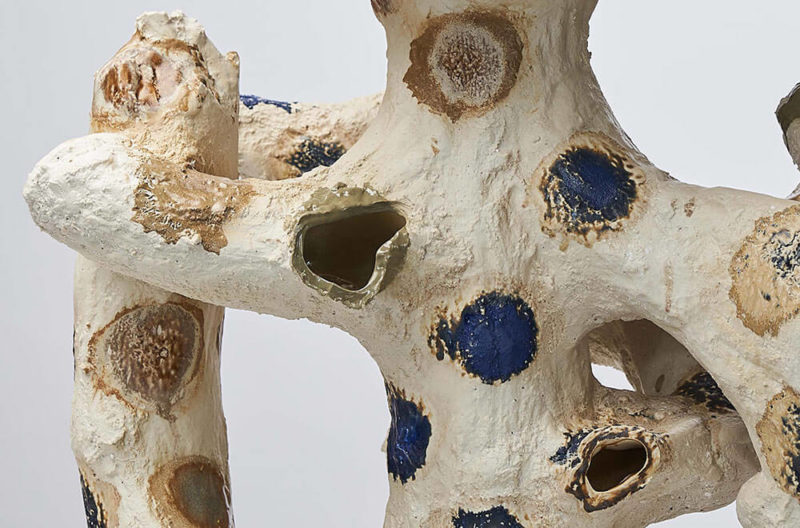Jan Ernst / COLLECTIBLE 2022
Inspired by the Stadsaal Caves of the Western Cape, a South African architect turned to clay over lockdown – resulting in a series of sculptural lamps and furniture.
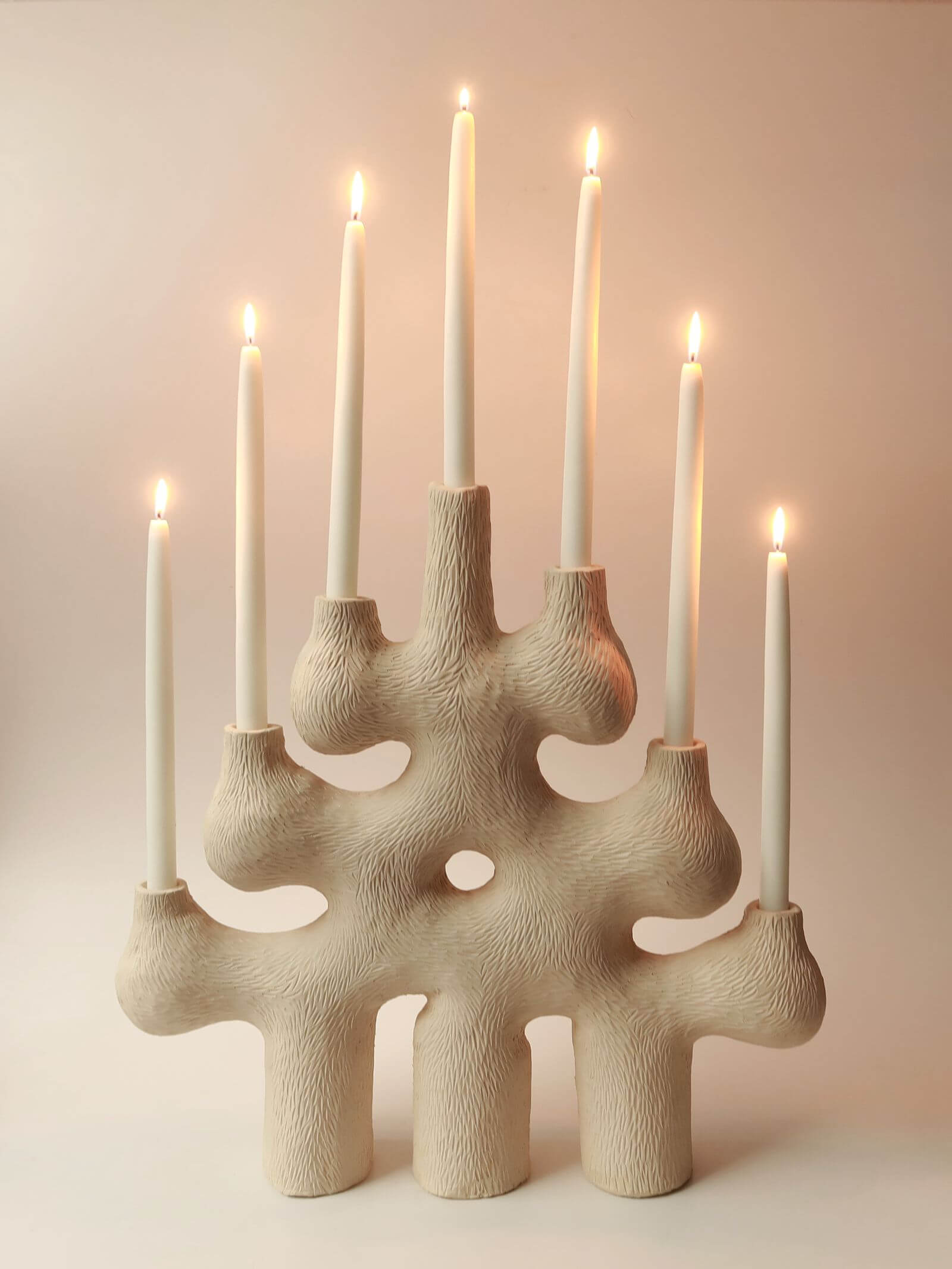
Jan Ernst, ‘Forest Candelabra 05’, 2022
COURTESY: Jan Ernst
“I AM AN explorer,” says Jan Ernst, a South African architect-turned ceramicist. Like many of us during lockdown, Ernst searched for something to occupy his time when the world was shut down and his architecture work had slowed. “I realised I needed to find a form of self expression to be able to keep busy,” he told The Design Edit over a phone call. Ernst turned to experimenting with clay, and in just two short years, he turned a hobby into creating functional sculptures that are showcased by international galleries including Galerie Revel in Bordeaux, Collectional in Dubai and Galerie Philia in New York City.
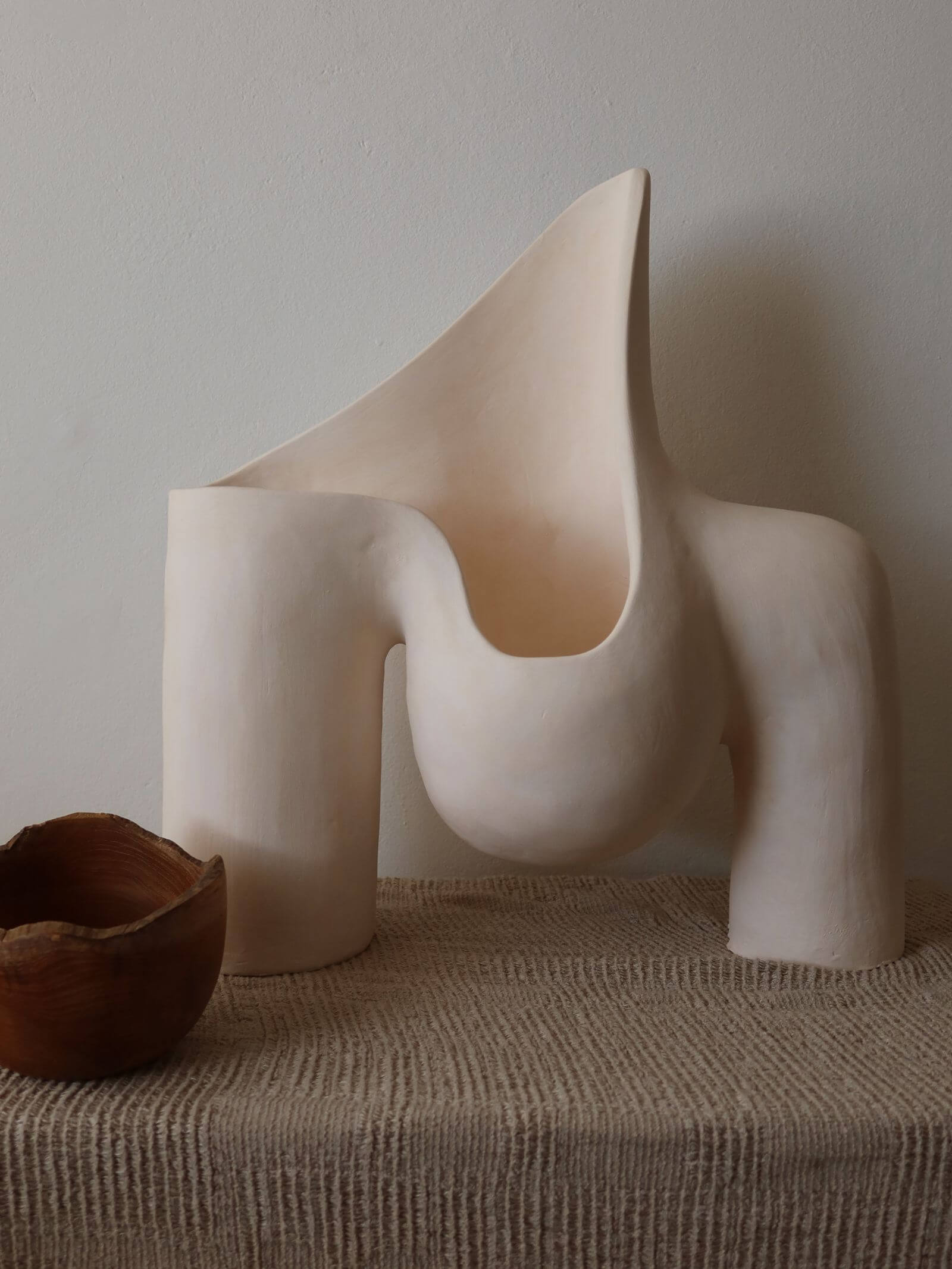
Jan Ernst, ‘Womb Light’, 2022
COURTESY: Jan Ernst
Prior to studying architecture, Ernst had completed a year of graphic design, photography, sculpture and painting – so he already had an introduction to artistic practice. For his initial trials with clay during lockdown, he’d ignored the traditional rules of ceramics craft, and learned naturally from the material itself. “Patience was the very first challenge,” Ernst reflects. He understood that the clay could not be rushed and it would be a slow process.
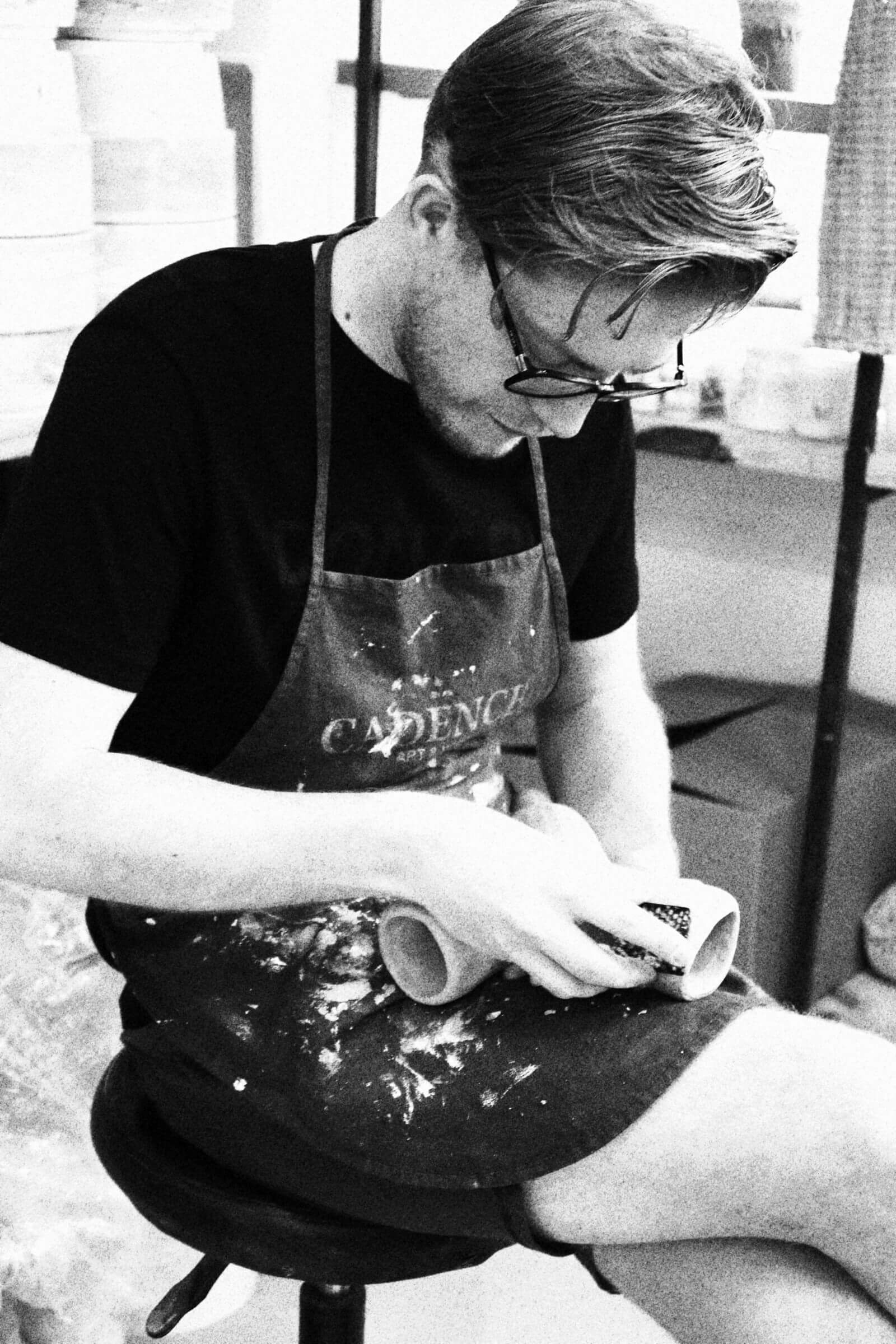
Jan Ernst
COURTESY: Jan Ernst
Ernst creates shapes that he describes as “obscene”. He started with a set of candelabras in 2020, which led to benches, vessels and wall lights – all realised as organic shapes that could be likened to mushrooms, plants or branches. Many of his objects are characterised by evolving, undulating lines, including the ‘Womb’ collection, a series of two table lamps, two pendant lamps and two wall lamps in white stoneware that he is launching with Galerie Revel at COLLECTIBLE fair in Brussels this May.
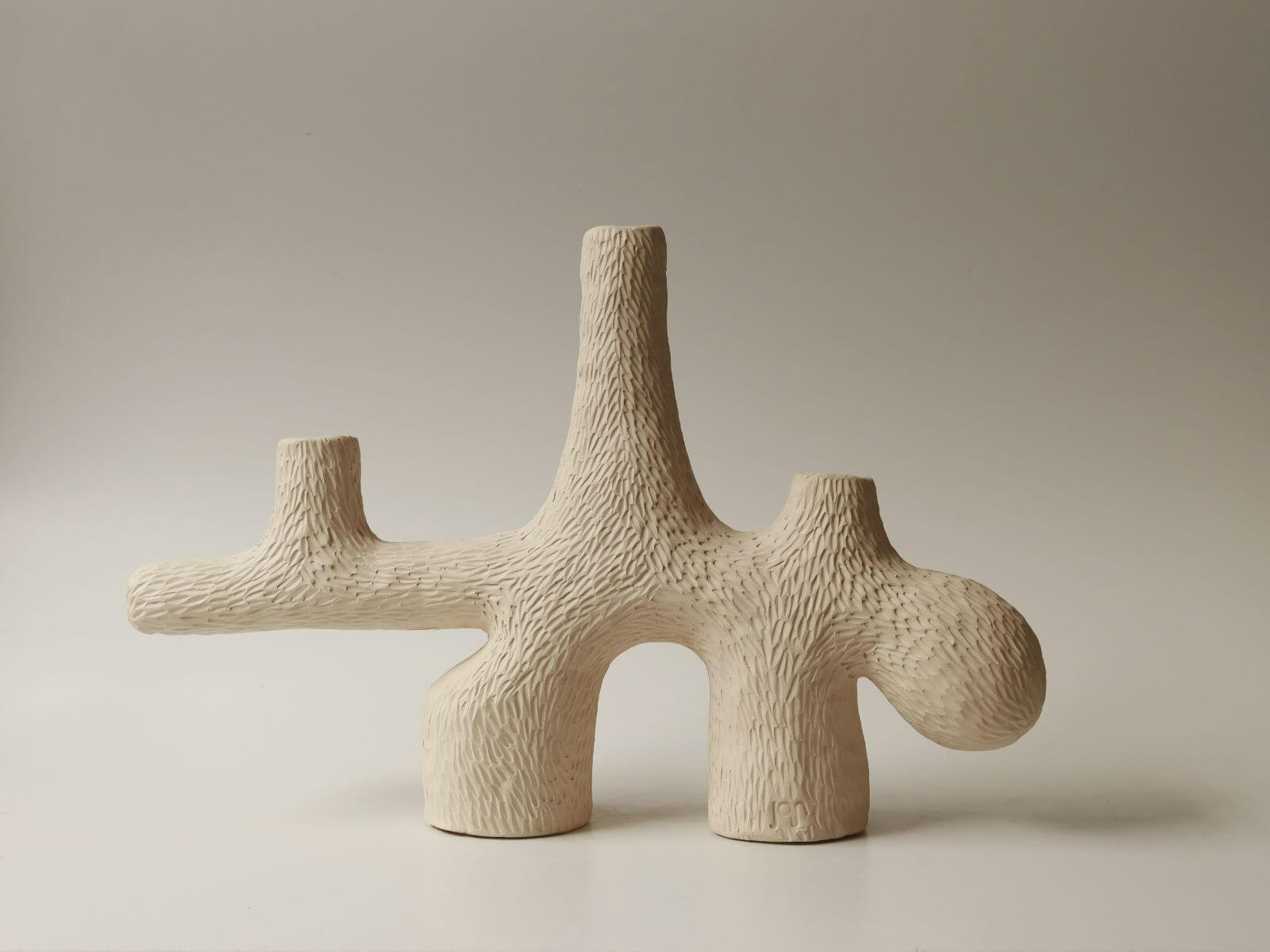
Jan Ernst, ‘Forest Candelabra 02’, 2022
COURTESY: Jan Ernst
For Ernst, the natural landscape was easy to access during lockdown. Being based in Cape Town meant that he already lived quite an outdoor life, and this is integral to his craft. Ernst would walk around the Stadsaal Caves found in the Cederberg region, taking time to understand the landscape. He took photographs and brought the objects he found back to his studio. “Then I just lived with that information for a bit and digested it,” he says. This was the starting point of inspiration for the ‘Womb’ collection.
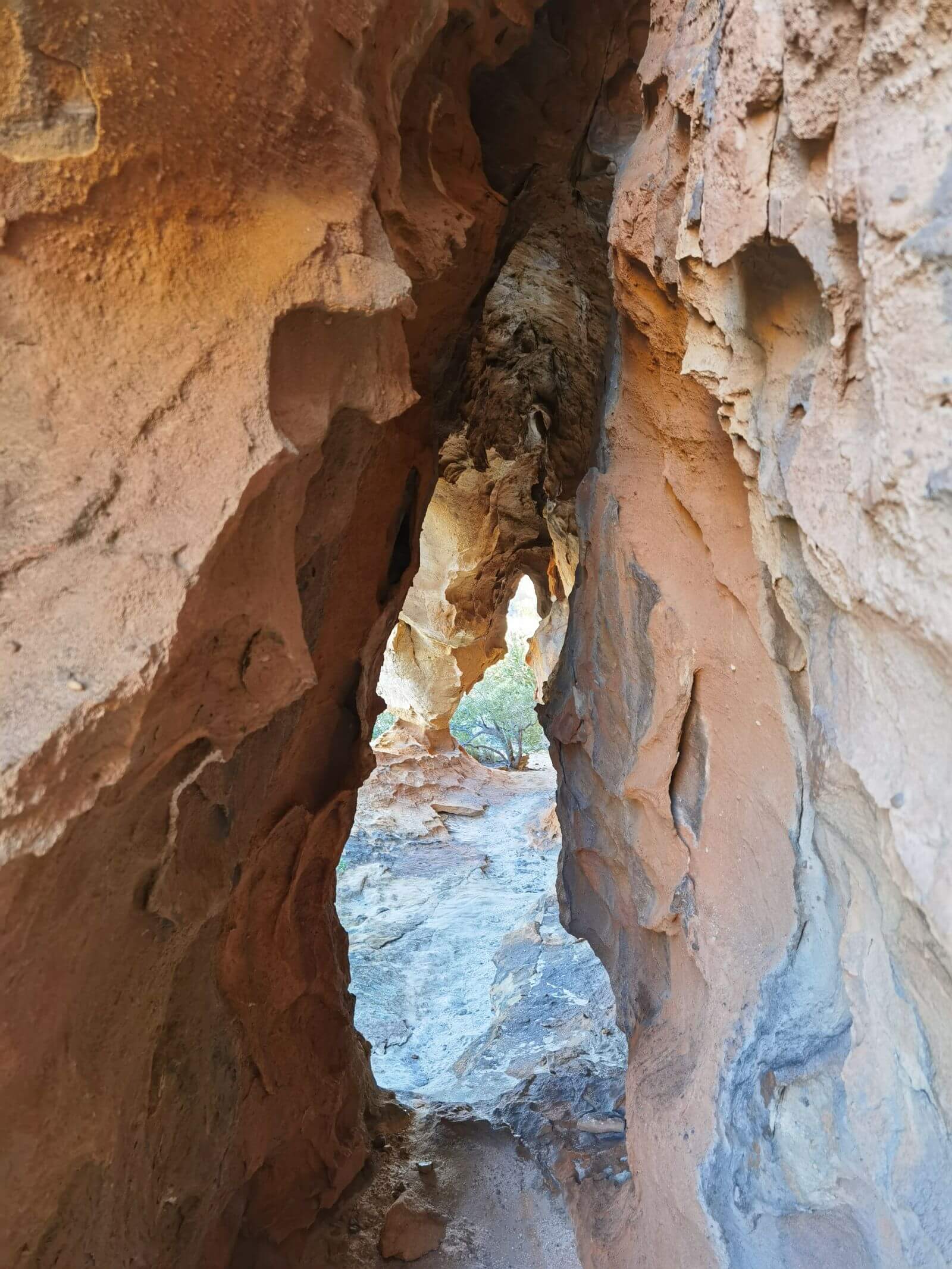
Stadsaal Caves, Cederberg, South Africa
COURTESY: Jan Ernst
Spending time with the rock formations, Ernst observed the differing qualities of light, and how this affected the structures. Hollows in the ground would “glow red because of the terracotta of the cave,” he describes. On his explorations he thought about what life would have been like for the first humans on earth. Finding ancient rock paintings inside the Stadsaal Caves evoked feelings of reverence for his ancestors.
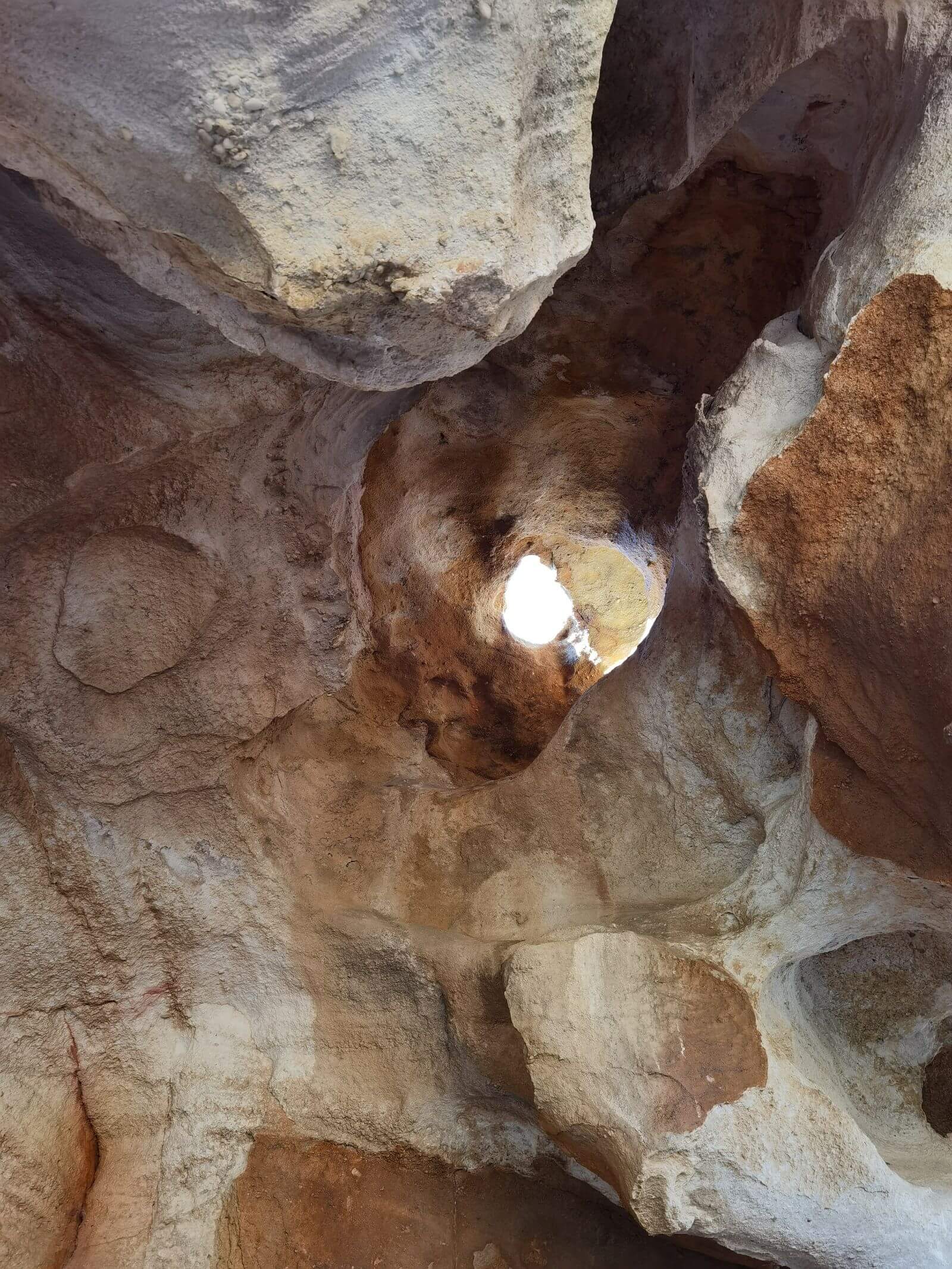
Stadsaal Caves, Cederberg, South Africa
COURTESY: Jan Ernst
Through creating his ceramics, he brings some of the beauty and drama of the natural world to urban environments such as galleries, design fairs, or city apartments. “I am privileged to be able to share this landscape that I get to enjoy every day,” Ernst muses.
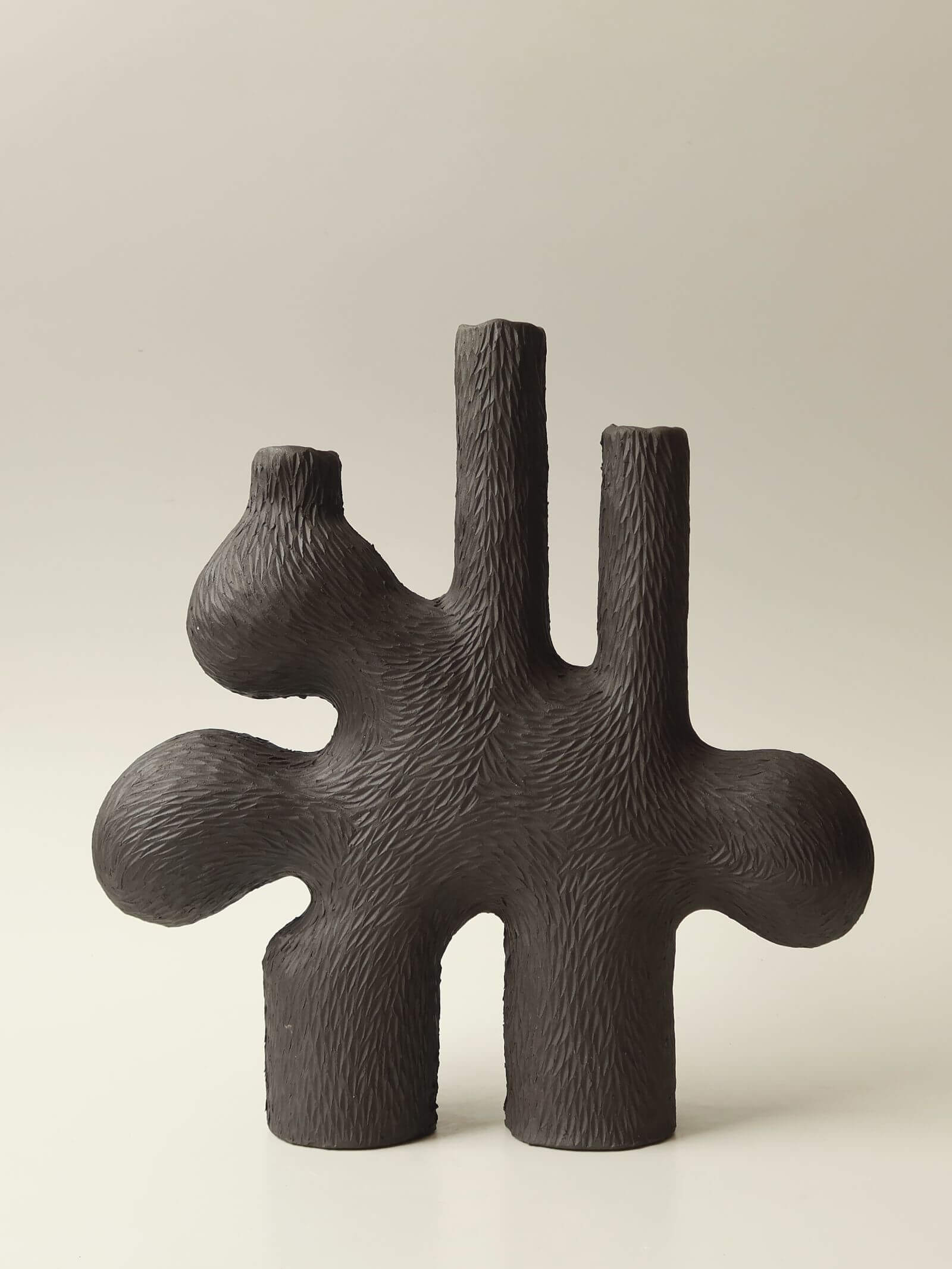
Jan Ernst, ‘Forest Candelabra 03’, 2022
COURTESY: Jan Ernst
As the title of the collection suggests, the primal occurrence of childbirth influences Ernst too. We discuss the tension between birth being a shared experience of entering the world, and yet none of us remembers this pivotal moment. Ernst’s fascination comes to the fore with the bulbous curves of the series – these abstract sculptures represent a theatrical evocation of childbirth. In the ‘Womb’ sconce, the clay is found enveloping the bulb, “the light casts through a sculptural channel much like a child being born and illuminates the wall with glowing life,” he explains.
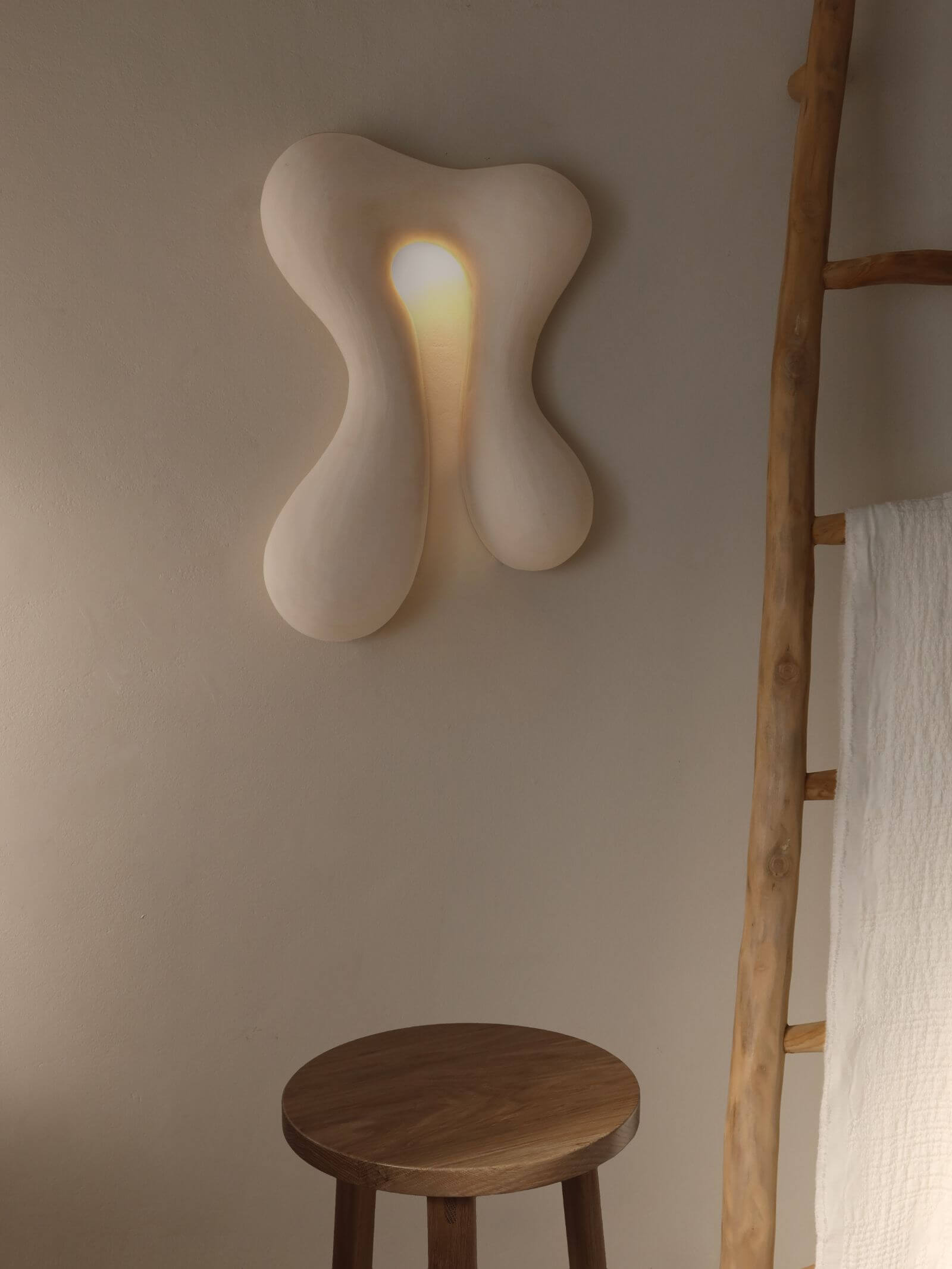
Jan Ernst, ‘Womb Sconce’, 2022
COURTESY: Jan Ernst
There’s more in common between Ernst the architect and Ernst the ceramicist than we may think. Investigating the space around him is key to both, but in a more hands-on way with the clay. “It was a very interesting way to explore the same kind of spatial understanding of formal expressions. You get to do it as an architect on a much larger scale,” he explains. Ultimately, Ernst’s fundamental knowledge means that these sculptures are always functional – “that’s where the architect kicks in,” he explains.
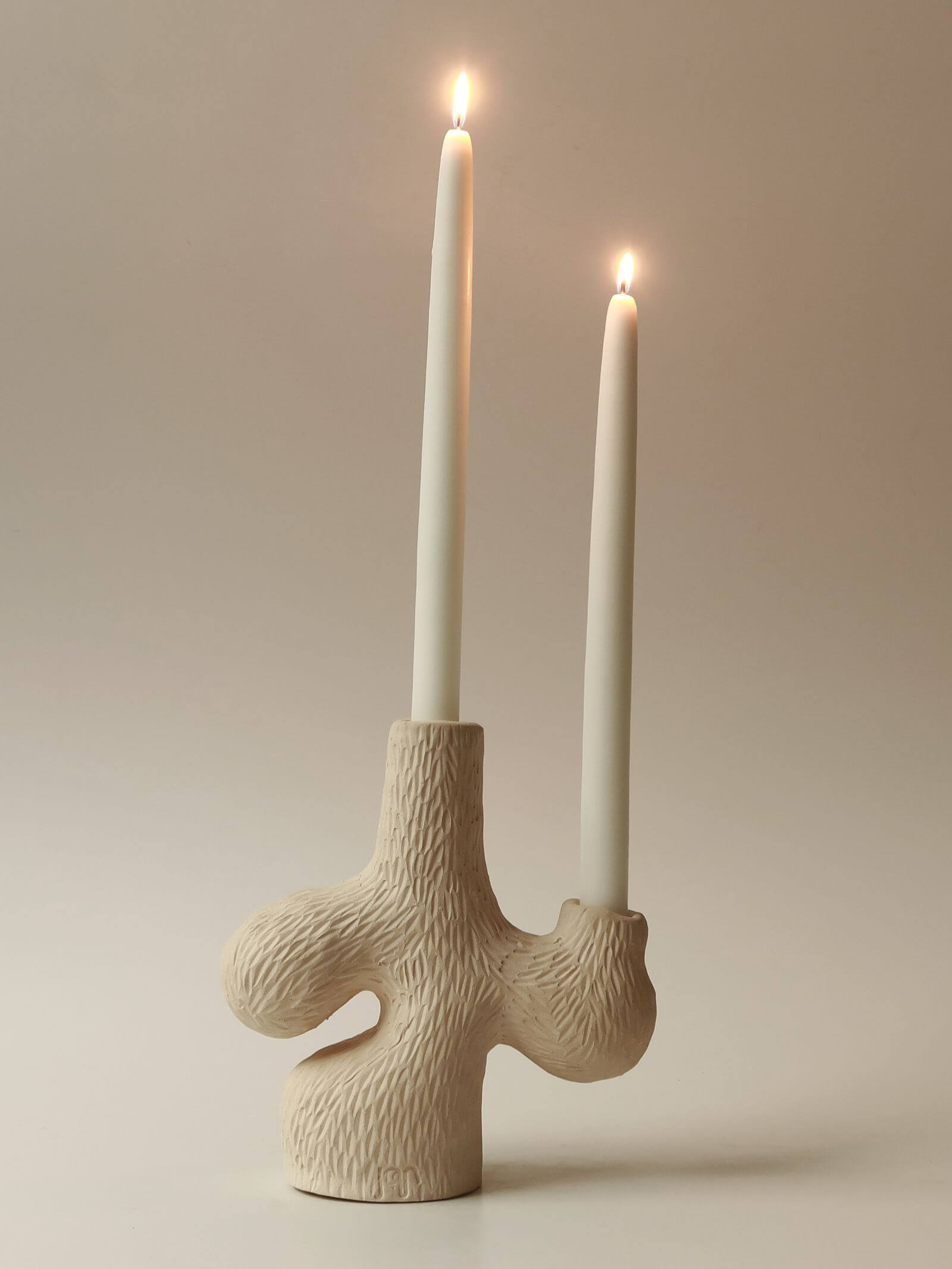
Jan Ernst, ‘Forest Candelabra 01’, 2022
COURTESY: Jan Ernst
